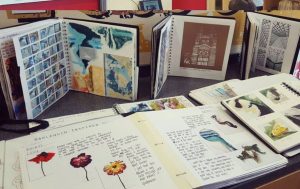Lauren Maccabee
Lauren Maccabee was a former BA Photography Graduate of Brighton University. Maccabee is a portrait, documentary and fashion photographer, based in London. When she came in for our professional practice lecture, she discussed many useful points on how to succeed in the freelance industry.
When emailing a potential employer make sure you are brief and that you reply to them either on the same day, or the next day. Ensure you are conversational and remember, you don’t need to be super formal when emailing.
Maccabee also informed us of the variations between different kinds of photographic work such as; editorial work. Editorial work involves magazines and online features and is usually low paid, for free or just your supplies covered. However, you have more freedom and can stick to your style of shooting but, the work is often last minute.
Whilst discussing commercial work, she informed us that you shouldn’t be afraid to ask questions so you understand the full usage and requirement of the imagery in order to make your client happy.
Assisting other photographers is a great way of having a different insight into the industry so, reach out to photographer’s you admire and offer to assist on editorials for free. If you are working in a studio environment, wear black so you don’t mess with the white lighting. Finally, don’t show your work to the client on a shoot when you’re assisting unless the client asks you as, the photographer will see it as disrespectful and some have been known to not work with you again if you do this.









Recent Comments